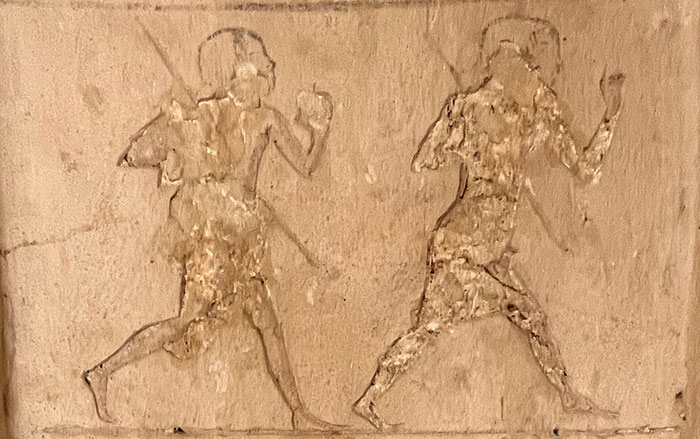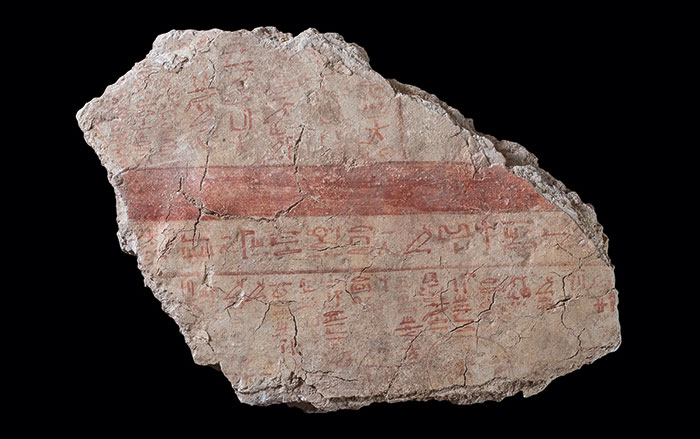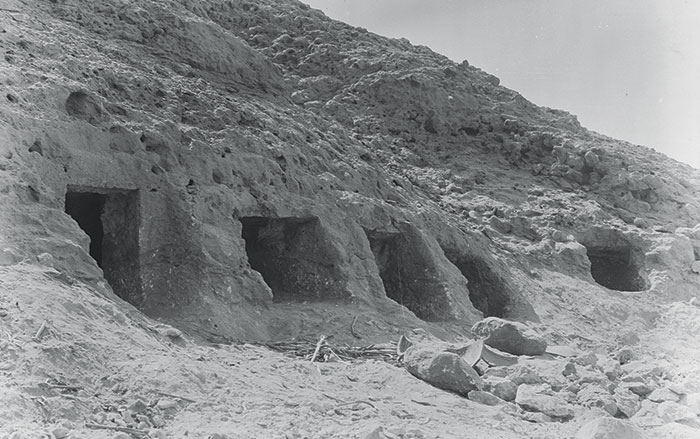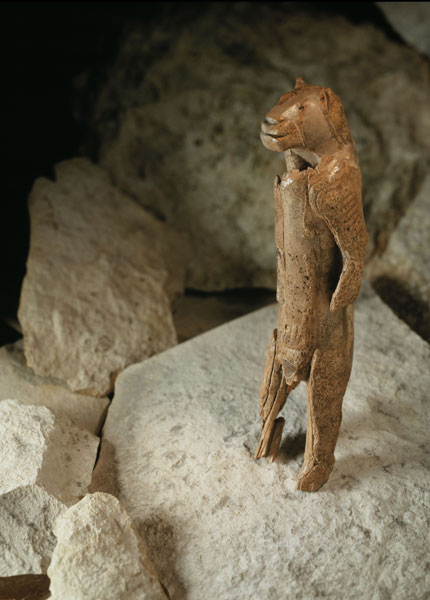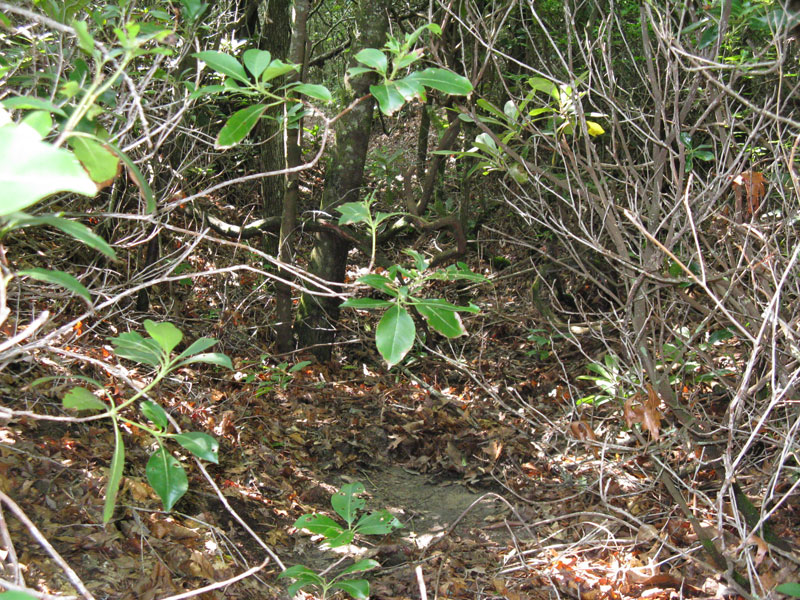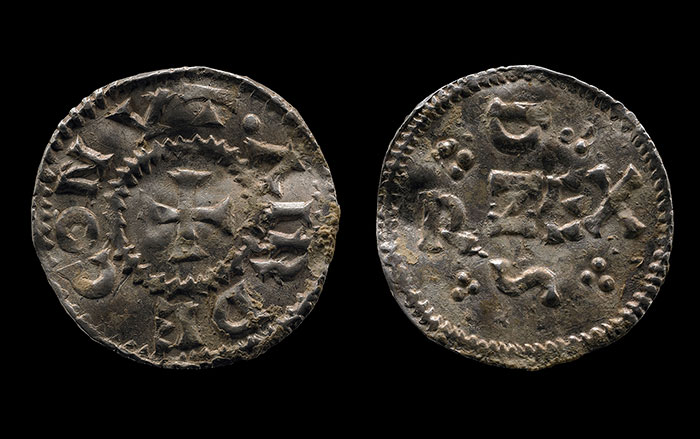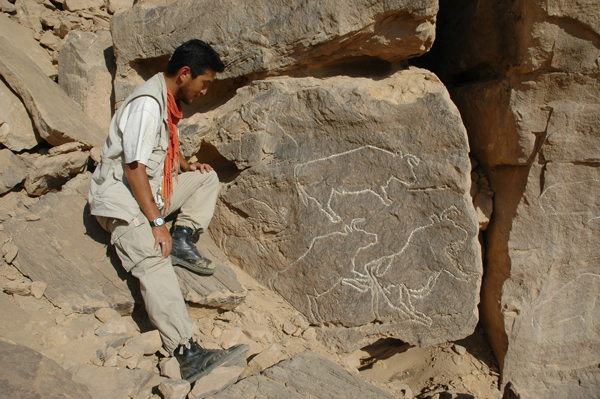
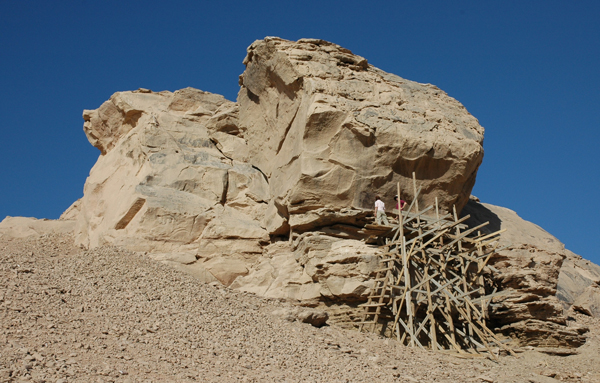
Petroglyphs found near the village of Qurta in southern Egypt have been confirmed as the first known Paleolithic artwork in North Africa. They were dated using a technique called optically stimulated luminescence on sand that had piled up against the rock face where the images were carved. The team of archaeologists from Belgium, Australia, and the United States showed that the carvings are at least 15,000 years old and possibly much older. Before this research, the idea that Egypt had any Paleolithic rock art had been controversial.
The site consists of at least 179 figures deeply carved into sandstone. Many depict animals in a more naturalistic style than was used in later petroglyphs at sites nearby. Some of the most remarkable petroglyphs are less naturalistic—stylized images of people with large buttocks, similar to ones made in Europe around 14,000 years ago. According to Dirk Huyge of Belgium's Royal Museums of Art and History, these images could be evidence of an indirect link between very distant cultures. Since 2005, when the team first published descriptions of the art at Qurta, four or five other sites with images made in a similar style have been identified about 45 miles south of the site. "One find provokes another," says Huyge. "Qurta has opened up a whole new area of Paleolithic art research."



